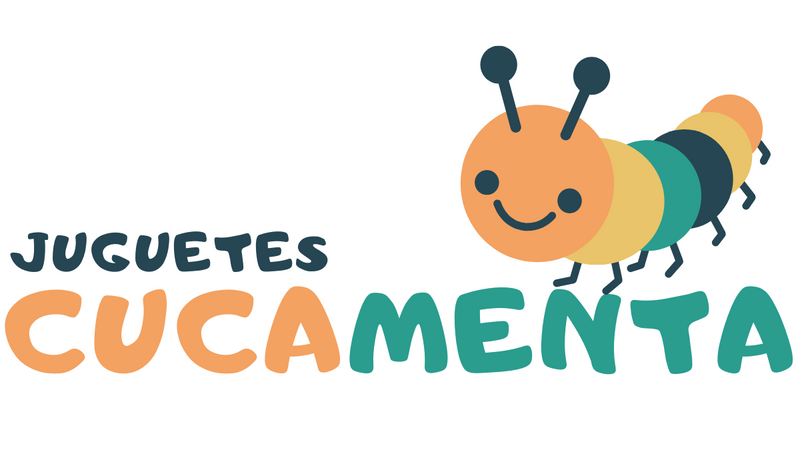I love the bicycle. I can't think of a decent human being, man or woman, young or old, saint or sinner, who could resist a bicycle.
William Saroyan
This Monday World Bicycle Day took place, and today we want to pay tribute to that perfect object that is not only a sustainable, cheap and ecological means of transportation, but also a fantastic sport and a way to connect with nature and spend more time. time outdoors .
In 2018, the United Nations, in the interests of sustainable development and public health, declared June 3 as World Bicycle Day. You do not have to wait until you are an adult nor do you have to live in the countryside to use it: children, young people and adults can obtain all the benefits of riding a bicycle, and in addition, cities are increasingly full of bike lanes.
At what age can children learn to ride a bike?
As we told you in a previous post , children can learn to ride a bike from a fairly early age. The first step for the little ones is from the age of 3, where they begin their first steps with tricycles and pedalless bicycles, also called balance bikes .
At 4 or 5 years old it is the turn of bicycles with pedals and wheels. When they handle the handlebars well and control their balance, the training wheels can be removed. Between the age group between 3 and 8 years old - it depends a lot on each child - they will be able to learn to pedal without support.
Pay attention to their body, allow them to express their fear or desire and never forget safety equipment, such as a helmet, knee pads or elbow pads.
Benefits of riding a bike for children

- Goodbye to a sedentary lifestyle : the main guidelines recommend that children engage in moderate or vigorous physical activity for a minimum of 60 minutes a day , and cycling is a great way to keep them physically active.
- Healthy habits and a good level of physical activity : Regular cycling strengthens muscles, improves cardiovascular health and increases endurance, strength, balance, coordination and lung capacity . A 2019 study published in Pediatrics found that children who bike to school are more physically active and maintain a healthier body weight . Other research from Rutgers University confirms that they are also more likely to continue this habit when they are older.
- Mental health: cycling is a very pleasant activity related to the secretion of happiness hormones and the decrease in cortisol. Children release endorphins , gain mental clarity, release stress and combat anxiety thanks to this outdoor exercise, which offers a great natural mechanism to improve mood . It also facilitates the connection between mind and body. Some call it “meditation in motion.”
- Cognitive development : It is not only a balm for the body, but also for the mind. The physical coordination needed to ride a bicycle improves fine and gross motor skills, encourages problem solving, decision making, and spatial awareness or visual-motor sense as children navigate their routes.
- They gain autonomy and responsibility: riding a bicycle to school encourages children's independence, and causes them to learn to manage their time, take care of their things and plan their route. It not only influences autonomy, but also self-esteem and self-confidence.
- Social and family interaction : going out for a bike ride strengthens ties with friends, family and classmates, while practicing communication skills, promoting care for the environment, appreciation for sustainable transportation - cycling implies a smaller carbon footprint and less traffic congestion - and also early learning of road safety regulations.
These are just some of the advantages of riding a bike for children: others are better concentration, improved sleep quality, less daily time between screens - and reduced probability of addiction to new technologies -, or in the long term, the love of cycling for life.
How to teach a child to ride a bike

There are some great tips for teaching your child to ride a bike:
- Adjust the pedals, handlebars and seat to suit your age, height and build. It is important, especially in the early stages of learning, that your child can put his feet on the floor without sitting down.
- Start with a balance bike like the ones we have in Cucamenta : by lacking pedals, children regulate their balance with their own bodies, perfect their coordination and give them a much greater sense of control. As their balance becomes more stable and they gain precision on the bike, they are more likely to make a smooth transition to a traditional bike with pedals. Plus, being closer to the ground makes falls much less intimidating. Another alternative is to start with a tricycle .
- Positive learning : as with swimming, you should not force children to remove the training wheels or perform maneuvers on the bicycle that scare them or make them want to. It is important to look for a fairly empty, flat, calm and pleasant environment, free of obstacles to reduce the probability of falls.
- The power of inertia : a very useful exercise consists of looking ahead on the bicycle, propelling it with your feet, keeping them in the air and letting it move forward with inertia, without stopping looking ahead. By repeating it, the child will be able to do longer stretches, and then trying changes of direction or zigzag movements without resting his feet. After mastering control and balance, it is essential to learn how to turn and brake.
From the moment they meet her, their love for the bike will become eternal . Good luck on your adventure!


0 comments